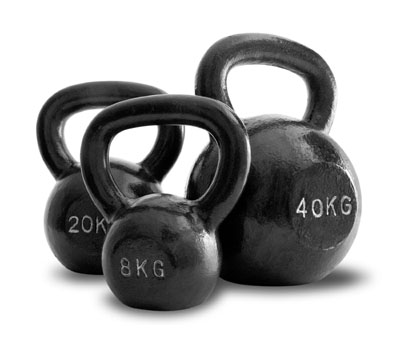Kettlebell Training Tips
With the ever-growing interest in fitness training, there is always a requirement for good personal trainers. So it is important that as a personal trainer you are able to not only have a list of clients, you should also be ahead in your qualifications, training skills, expertise and marketing online techniques. The competition is stiff.
Develop an edge
As mentioned above there is no dearth of personal trainers in the fitness business. To get an edge over other trainers you need to find out how and where your skills are/could be better. You may be better on the training side or better at marketing yourself. Once you know your strengths you can use them to get that all important edge. Another way is to enrol in new cutting-edge training certifications. When you register for a Fitness Australia kettlebell certification, you can be rest assured that the content will be amazing!
Make ‘success’ your target
Routine practising of fitness training can become just that – a routine chore. You should try and avoid getting into such a rut. Instead, absorb the latest ideas and techniques available in the market and apply them to your work. This may not always be easy due to different restrictions. But if you mentally build up a picture of the type of trainer you wish to be, such a positive frame of mind could become a reality. Think success and you will succeed.
Avoid being a copy-cat
If you observe another personal trainer who has built up a good clientele because of his skills and techniques, do not try a blind copy-cat method of training. Whether it is copying his website, workouts, marketing or personal style it makes you just that – a copy cat.
Clients too would soon realise that the training they are getting are much too similar to what they may have already experienced or read about, and feel they are not getting the real deal. What you need to do is establish your own identity and skills as a personal trainer, an email marketing approach that will spell success. You can get more fitness marketing ideas at: https://fitness.org.au/courses/provider/dangerously-fit-academy/135637.

